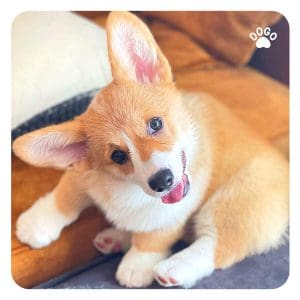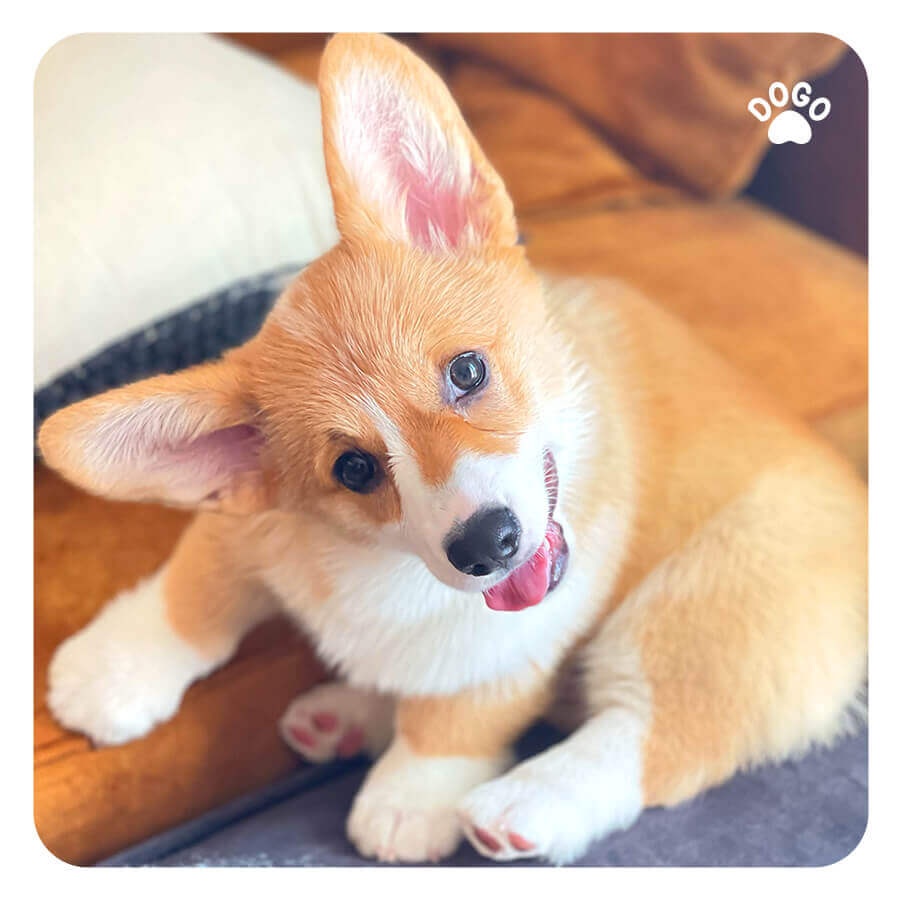 Bringing a new puppy into your home is an exciting and rewarding experience. However, one of the first challenges many new pet owners face is potty training. Teaching your puppy to pee outside can seem daunting at first, but with patience, consistency, and positive reinforcement, you can help your furry friend learn this essential behavior. In this blog post, we’ll explore effective strategies for training your puppy to pee outside, creating a harmonious environment for both you and your pet.
Bringing a new puppy into your home is an exciting and rewarding experience. However, one of the first challenges many new pet owners face is potty training. Teaching your puppy to pee outside can seem daunting at first, but with patience, consistency, and positive reinforcement, you can help your furry friend learn this essential behavior. In this blog post, we’ll explore effective strategies for training your puppy to pee outside, creating a harmonious environment for both you and your pet.
Understanding Your Puppy’s Needs
First and foremost, it’s crucial to understand that puppies have small bladders and limited control over their bodily functions. On average, a two-month-old puppy can only hold their bladder for about two hours. As they grow, their bladder control improves. Keep in mind that accidents are a natural part of the learning process and should be met with patience and understanding.
Establishing a Routine
Consistency is key when it comes to potty training your puppy. Establishing a regular routine for feeding, playtime, and potty breaks can help your puppy learn when and where they should relieve themselves. Take your puppy outside first thing in the morning, after meals, after playtime, and before bedtime. By doing so, you are helping them associate the outdoor environment with the appropriate place for pottying.
Positive Reinforcement
When your puppy successfully pees outside, be sure to praise them enthusiastically. Positive reinforcement, such as verbal praise or a small treat, can help reinforce the desired behavior. Avoid scolding or punishing your puppy for accidents indoors, as this can lead to fear and anxiety, hindering the training process. Instead, focus on creating a positive and supportive environment for your puppy to learn and grow.
Creating a Designated Potty Area
Designating a specific spot in your yard for your puppy to use as a potty area can aid in the training process. Bringing your puppy to the same spot each time can help them recognize it as the appropriate place to relieve themselves. The scent left behind will also serve as a signal for your puppy to use the area in the future.
Supervision and Management
Until your puppy has mastered potty training, it’s essential to keep a close eye on them indoors. Consider using baby gates or crates to limit your puppy’s access to areas where accidents are more likely to occur. When you can’t supervise your puppy, confining them to a crate can help prevent accidents and encourage bladder control. Remember that puppies should not be left in a crate for extended periods, as they need regular breaks for potty and playtime.
Consistent Clean-Up
When accidents happen indoors, it’s important to clean up the mess thoroughly to eliminate any lingering odors. Using an enzymatic cleaner can help break down the scent, discouraging your puppy from returning to the same spot to pee. Keep in mind that punishing your puppy for indoor accidents after the fact is ineffective and can create confusion.
Patience and Persistence
Potty training takes time and patience. Every puppy is unique, and while some may quickly grasp the concept, others may require more time and repetition. Be patient with your puppy and remain consistent in your approach. With dedication and positive reinforcement, your puppy will eventually learn to pee outside consistently.
Potty training your puppy to pee outside requires understanding, patience, and consistency. By establishing a routine, providing positive reinforcement, and creating a supportive environment, you can help your puppy develop this essential skill. Remember that accidents are a natural part of the learning process, and with time and dedication, your puppy will learn to relieve themselves in the appropriate outdoor location. As you embark on this training journey, cherish the moments of progress and celebrate your puppy’s achievements along the way.
[/fusion_text]



